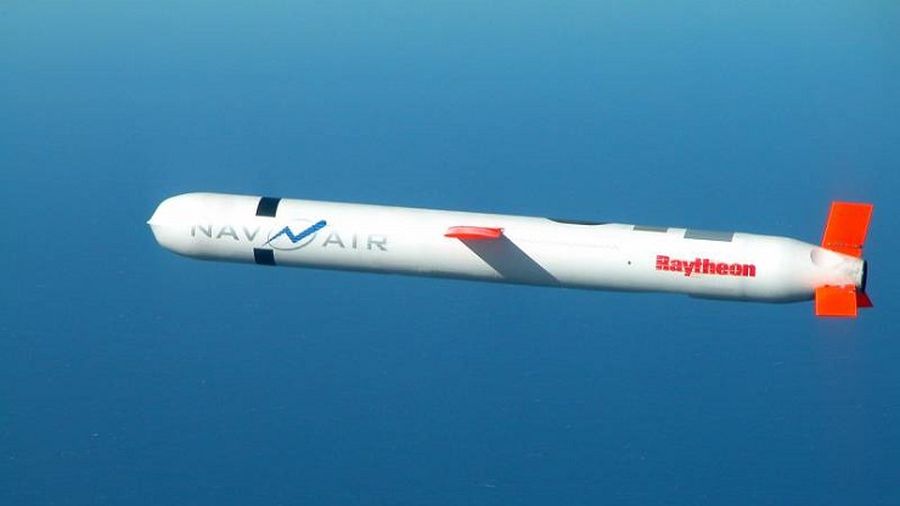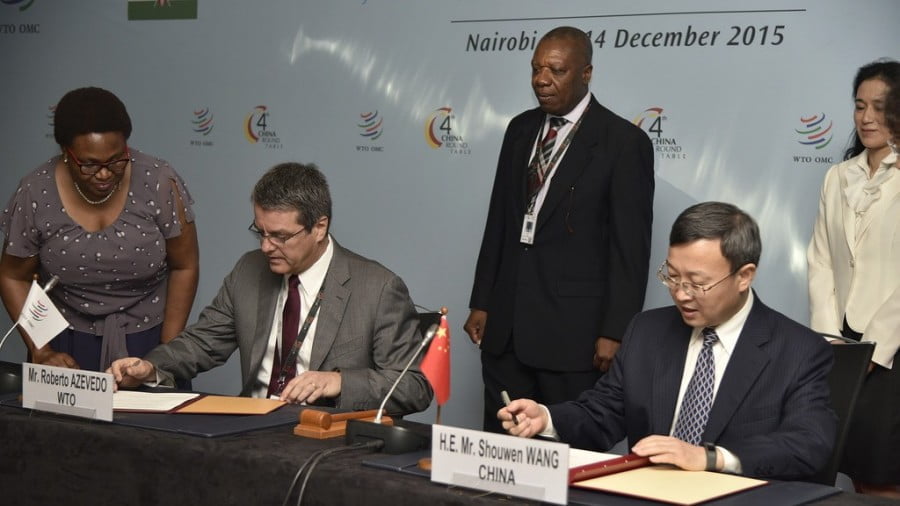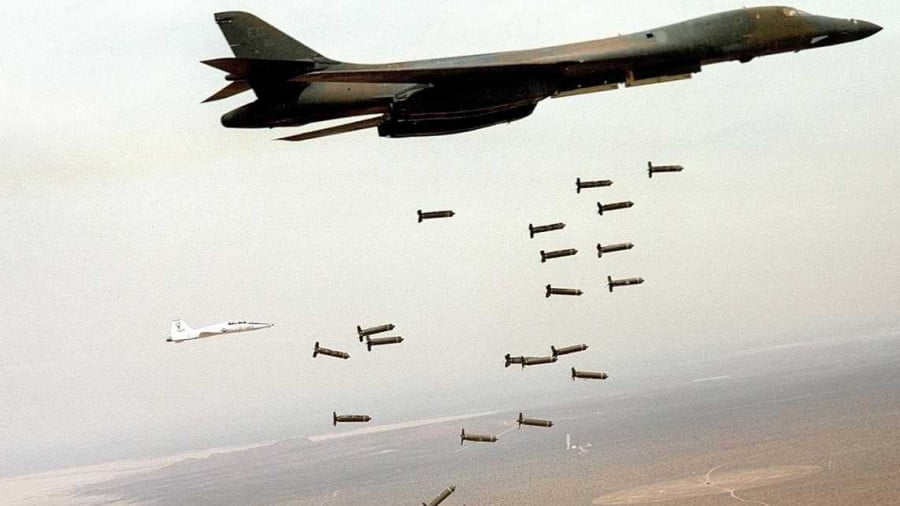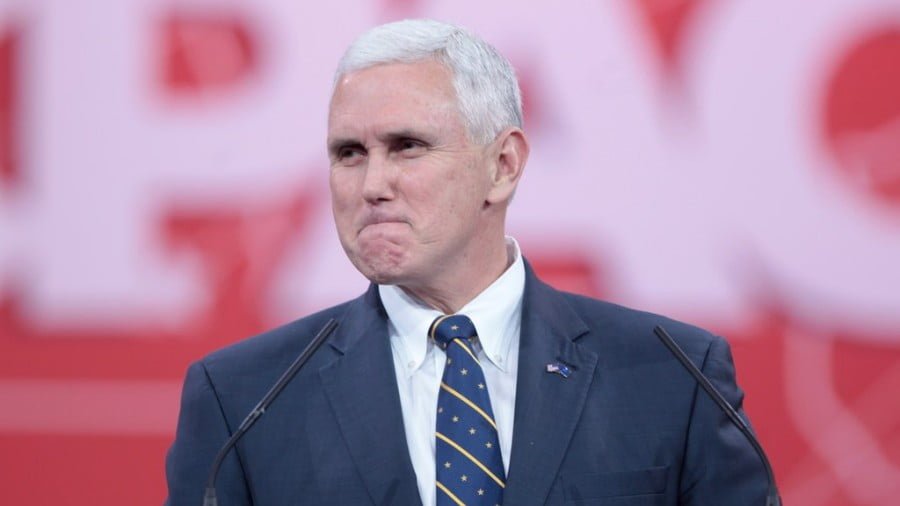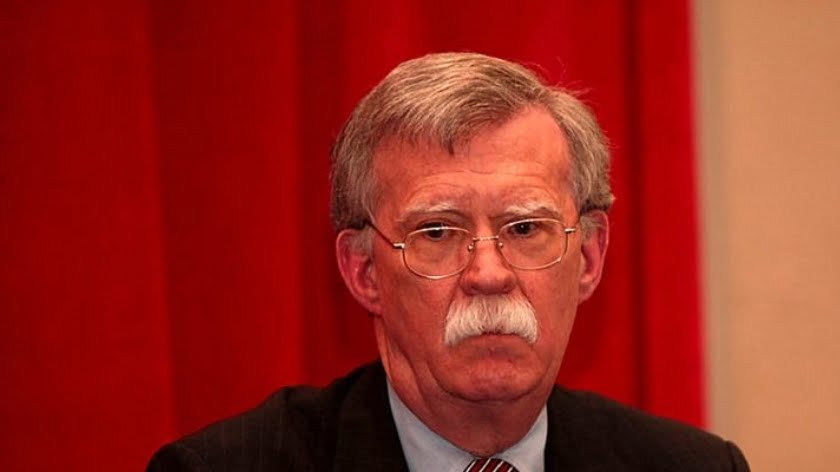Japan Plans to Buy “Tomahawks”
A report published in late October (citing a certain “government source”) by one of Japan’s leading newspapers, Yomiuri Shimbun, that the country’s leadership had sent an inquiry to its counterparts in the United States regarding the possibility of purchasing Tomahawk cruise missiles from Raytheon, deserves attention and comment. Because in this case, it is not just another act of military buildup of Japan.
The very fact of such an inquiry existing confirms the Japanese leadership’s course of giving the national armed forces (still referred to by the euphemism Japan Self-Defense Forces) an “ordinary appearance,” including the inherent ability of this organ of any state to ensure its defense by not only repelling enemy attacks on its territory but also carrying out preemptive strikes on some targets outside its borders. This may be based on convincing evidence (e.g., using intelligence) that the locations of these targets are being used by the enemy state to prepare an attack on your territory.
In the case of Japan, such suspicions are publicly directed primarily at the DPRK, which itself sometimes provides reasons for them. Pyongyang’s understandable desire to acquire the potential to deter both domestic and foreign “adversaries” (taking into account its relatively recent tragic history of relations with them) sometimes takes on a demonstratively hostile nature. In particular, this is how Japan perceives the trajectories of some test flights of North Korean missiles over its territory.
This is despite the fact that in modern international law there is no answer to the question of the height of the boundaries of national airspace. Consequently, the fact that a North Korean missile flew over Japan at an altitude of several hundred kilometers cannot be considered a violation of the country’s sovereignty. Perhaps due to the “local” geography, it is very difficult to avoid such flights in general during such tests. But there remains at least the possibility of advance notice so as not to cause panic (most likely staged) in the Japanese prefectures over which the flights are conducted.
Such facts dramatically simplify the Japanese leadership’s job of justifying to its people the plans to double defense spending in the next few years (from the current 1% to 2% of annual GDP). In particular, they will have to spend a lot on buying the same “Tomahawks.” This is happening against the backdrop of growing problems in the global economy, which have not bypassed Japan. For example, due to the sharp decline in the value of the national currency against the dollar, which began in January this year, today Japan has to spend 30% more yen on the purchase of Tomahawks than a year ago. And the process of weakening of the yen continues, despite the “secret” dollar interventions of the National Bank of Japan.
Meanwhile, even today, there is not enough money to somehow compensate for household losses due to rising food prices, electricity, heat supply. Under these conditions, the problem of finding sources of financing the growth of ambitions in the field of defense is becoming increasingly acute.
And the fact that the country’s leadership has resolutely embarked on the path of a strong (mainly qualitative) increase in defense potential, which is extremely costly, shows that the “North Korean threat” is only a convenient pretext for this. For example, the Japanese prime minister’s office hastened to report about the “outrage” he felt due to the expected next series of DPRK missile launches.
Note, however, that in the illustration to the report on the ongoing “research” concerning Japan’s acquisition of a potential to launch attack missile systems from submarines (for this purpose Tomahawk was originally developed), there is no mention of the country from whose territory a certain enemy was preparing a missile attack on Japanese territory.
And this is understandable because, again, the “North Korean nuclear missile threat” thesis is nothing more than a publicly stated explanation for the sweeping changes in Japan’s military buildup strategy that have been outlined for several years. The main provisions of the new version of this strategy will be outlined in various government documents to be released before the end of this year.
A milestone in the long development of this strategy was the inclusion of funding for the development of a missile with a range of about 1000 km in the draft defense budget for 2021 (by the then newly formed government led by Prime Minister Yoshihide Suga) in September 2020. The missile officially envisioned was classified as a “surface-to-ship” class. But there is no doubt that as its development progresses, there will be modifications intended for use on dedicated warships (possibly also on Air Force aircraft). This will dramatically increase the JSDF’s potential effectiveness.
Nobuo Kishi, who became the defense minister at the same time (he is brother of Shinzo Abe’s, the predecessor of Yoshihide Suga as prime minister), was probably the first sitting statesman of Japan to declare the relevance of the issue of preemptive strikes on those places in neighboring countries from which an attack on the country’s territory is expected. In general, such statements contradict (at least in “spirit”) Article 9 of the national constitution still in force.
It is no coincidence that Kishi spoke these words just before the emergence of information about plans to develop the above-mentioned missile. This is because at that time, Japan already had the potential to carry out a disarming air attack on the territory of the DPRK.
A report by Kyodo News on these plans, aside from the “nuclear missile threat emanating from North Korea,” also discussed (with reference to Nobuo Kishi) the need to “respond to China’s growing naval activity around the islands of southwestern Japan.” This refers primarily to the five uninhabited Senkaku\Diaoyudao Islands, which are under the control of Japan, but the PRC claims them as its own.
In the context of the fact of a qualitatively new phase in Japan’s military buildup, the issue of the need to protect “remote islands” (this euphemism refers to virtually the entire southern part of the Ryukyu archipelago in addition to the Senkaku\Diaoyudao) plays the same “instrumental” role as the issue of the “North Korean threat.” Again: if the JSDF has at its disposal the aforementioned missile, whose final characteristics (e.g., in terms of range) could be much higher than currently claimed, and adapted to naval and air force use, the latter will have the potential to attack the territory of adversaries of a very different order of magnitude than the DPRK.
As for North Korea, note that the likelihood of the same Japan attempting to establish relations with it is not zero, despite all the angry tirades recently heard from Tokyo against Pyongyang. They were uttered with no less intensity ten years ago, when (initially on the neutral ground of Ulaanbaatar) the first such attempt was made. That attempt was doomed to failure for only one reason: it was interrupted at the time by Japan’s “big brother,” which almost flew into a rage over such “amateurish activities” of an important Asian ally.
The aforementioned news of plans to purchase American Tomahawks fits perfectly into the trend of Japan’s military buildup alluded to here. The basic designs of a wide range of missiles with different purposes and characteristics, collectively known as Tomahawks, were developed back in the 1970s and have been used by the US Navy (and Britain) since the early 1980s.
Still, there is no reason to call this weapon system “obsolete.” It is a very effective weapon capable of solving a wide range of missions, including strategic missions with nuclear warheads. Similar modifications of the Tomahawk can be applied to targets up to 2500 km away. Recall, by the way, that Japan’s refusal to possess nuclear weapons is voluntary. That is, nothing prevents the country’s leadership from acquiring such weapons “in accordance with the changed situation.” According to some estimates, the time taken to do so may take several months.
Considering the reports on some other new trends in Japan’s military buildup, especially related to the problems of ensuring the safety of spacecraft, the plans to develop dual-use land-port infrastructure, it is already possible to get a general idea of what will be written down in the long-term documents mentioned above.
Of course, this does not diminish the curiosity of experts as to the actual content. Which curiosity will have to be satisfied in the conditions of a growing feeling that only a part of the global “military-industrial feast” is being observed, unfolding against the background of a global “plague.”
Although the former may be an organic part of the latter.

